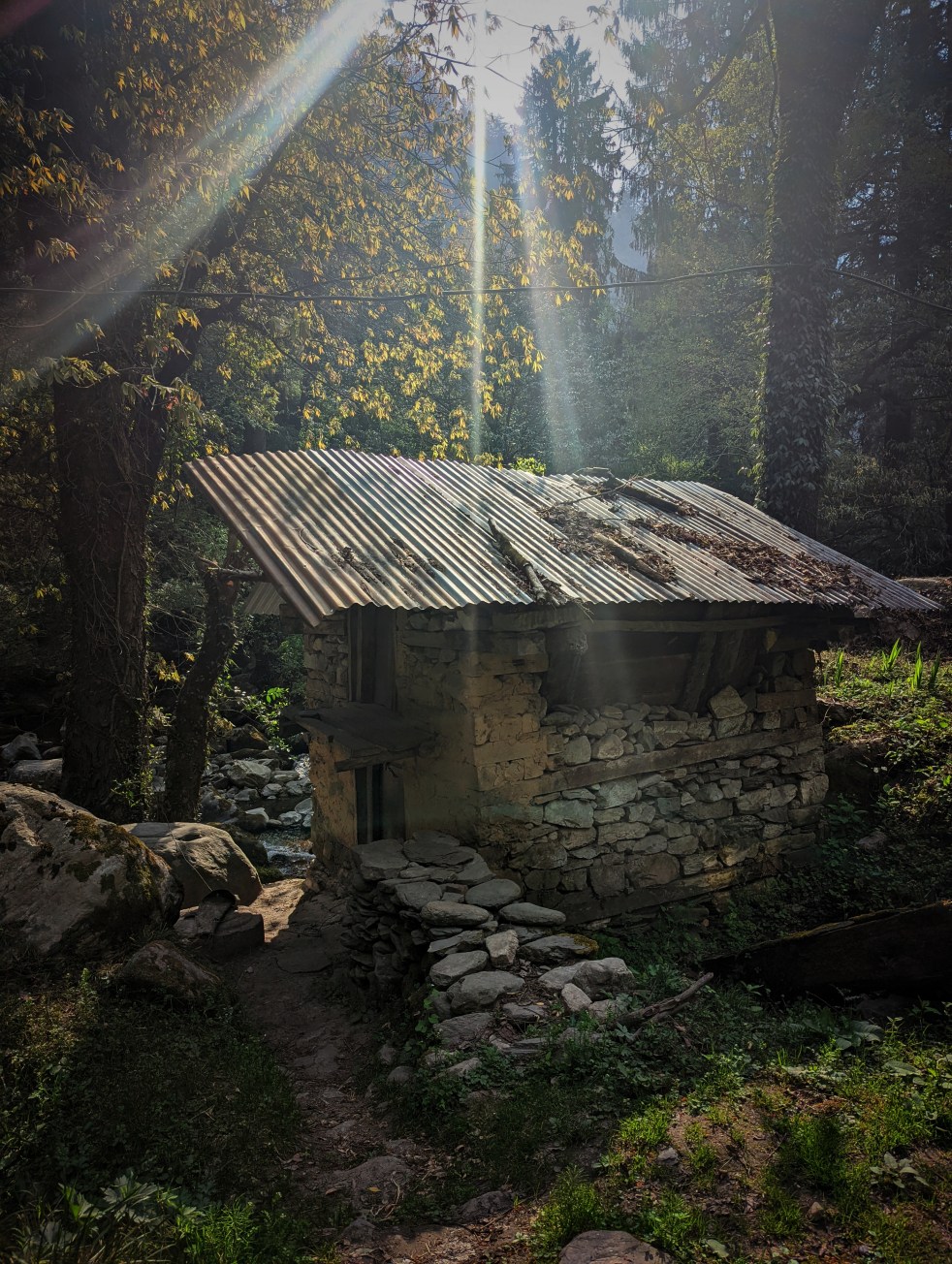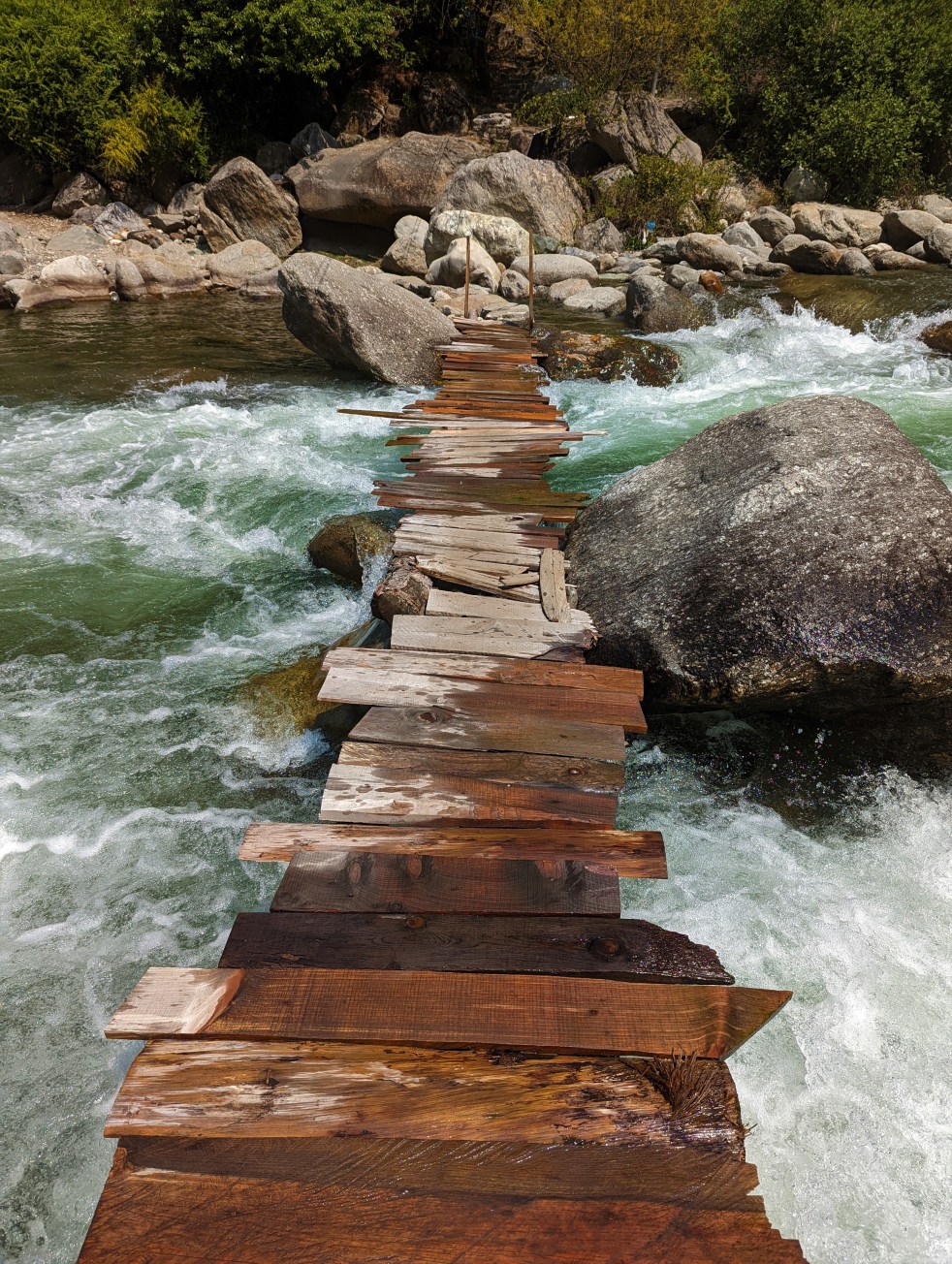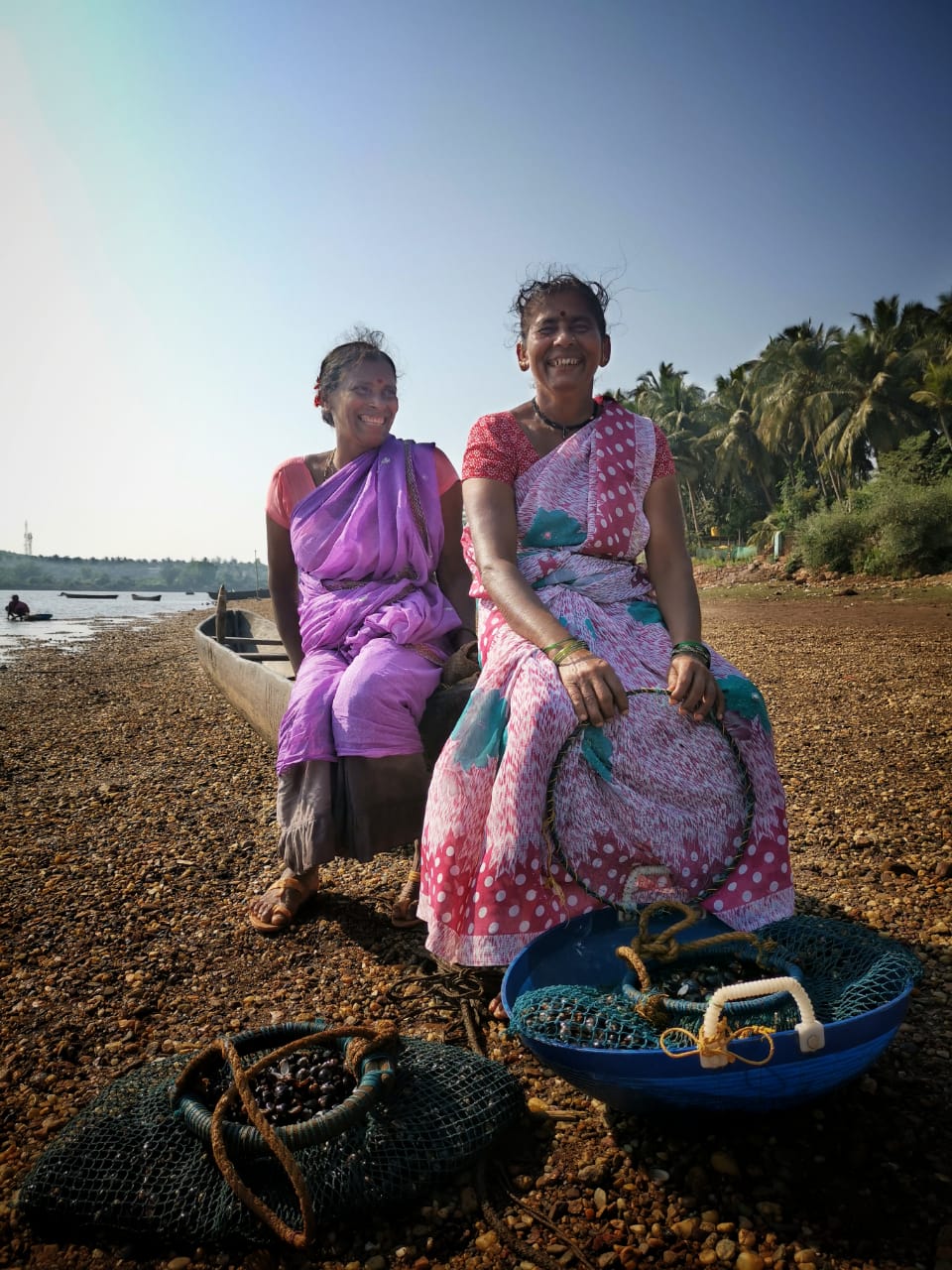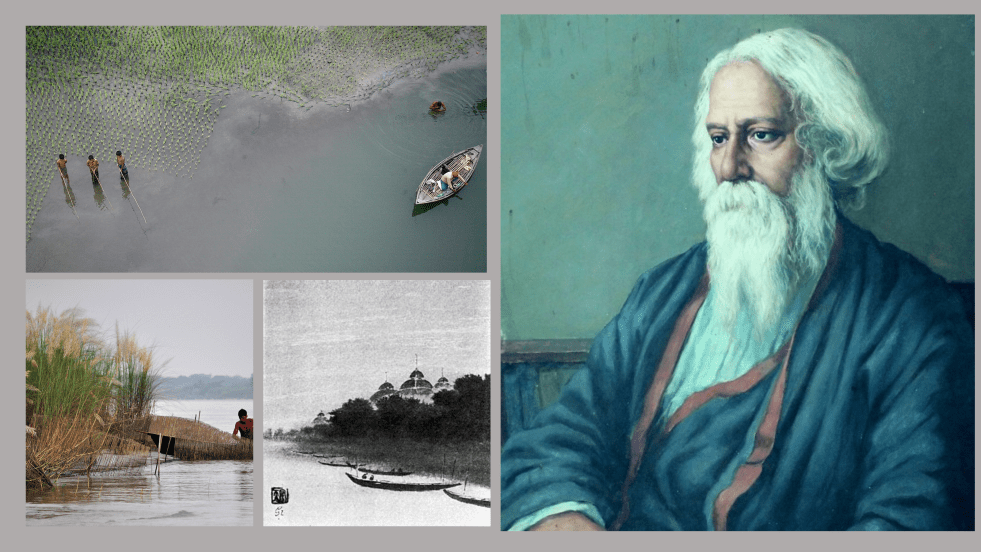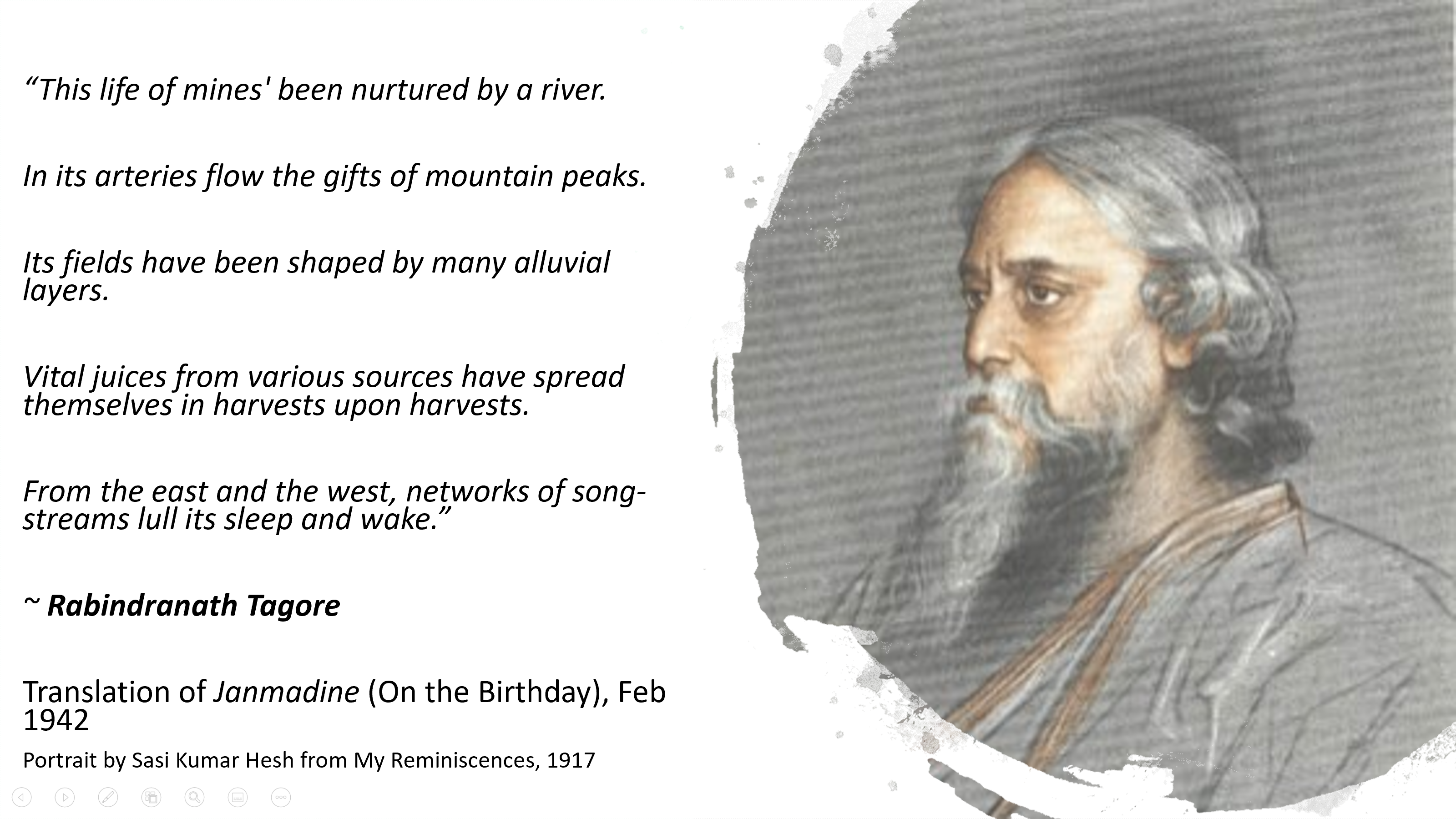Abhay Kanvinde’s photo story of Tirthan, as the free-flowing river makes its way out of the Great Himalayan National Park, then flows close to villages, touching the people and finally when it gets dammed as it comes out of the valley that is its home.
Continue reading “Tirthan’s Way”Category: Free flowing rivers
In Photos: Gharats of Tirthan: For the tastiest Parathas
In the Tirthan Valley of Himachal Pradesh, as we crisscrossed tiny wheat fields moist with dew and apple orchards laden with white blossoms, a rhythm accompanied the steps: a constant ghrr-ghrr-ghrr. It came from small slate shelters with sloping roofs, which looked like tiny shrines. Sometimes, the shelters were made directly over a stream, but many times they were on the banks, with a channel diverting some water to them.
These were the Gharats: water-mills running on the kinetic energy of flowing water and milling fresh, cool flour.
Throughout Tirthan Valley, Gharats dot the streams at several locations. Raju Bhartiji says that Tirthan had many more Gharats in the past, but the floods of 1995 washed many of them away and most remaining fell into disrepair. Even so, as compared to other parts of Himachal, Tirthan valley is fortunate. Hydropower dams, including mini hydro projects, with their headrace and tailrace tunnels, flow diversions and blasting have destroyed thousands of Gharats in Himachal and Uttarakhand. These water mills are special not only because they are decentralized and appropriate technology structures. They are a part of the heritage of the land: almost all of the materials for building one come from the surroundings and the masons who build them are artists.
Continue reading “In Photos: Gharats of Tirthan: For the tastiest Parathas”In Photos: People of the Free-Flowing Tirthan
River Tirthan, a tributary of the Beas in Himachal Pradesh is one of the rarest rivers in India. Not because it is teeming with trout, not because the tiny valley is home to nearly 100 species of butterflies, not because it has several functioning water mills running with flow of the river, but because it is protected by the Himachal Legislature as a perpetually free-flowing river: A No-Go River for Hydropower and other dam projects. Read about how it came to pass here: Muktadhara Tirthan (https://sandrp.in/2022/06/15/muktadhara-tirthan/)
Continue reading “In Photos: People of the Free-Flowing Tirthan”Muktadhara Tirthan
How one fish and many people saved a river
“Hark! What is that? What is that sound? It is laughter, bubbling up from the heart of the darkness. It is the sound of water! There is no doubt. The water of Muktadhara is free!”
As I stepped on the wooden slats across the joyously gurgling Tirthan River, I remembered Rabindranath Tagore’s lines from his first play, Muktadhara (Free-flowing). I was in the Himalayas to listen to the story of Tirthan, a Muktadhara in her own right! Tirthan is the rarest, possibly the only river valley in India to be declared as a “No-Go Valley” for hydropower or dam development, protected in perpetuity.
Continue reading “Muktadhara Tirthan“World Rivers Day 2020: Celebrating Rivers across the world
The World Rivers Day[i] (WRD) is celebrated annually on the fourth Sunday of September. The event strives to highlight the invaluable ecological, hydrological services and cultural, recreational values offered by the rivers. Indeed, the most of the once wild, scenic, free flowing rivers across the globe are facing existential crisis on account of various anthropogenic activities hastened over the past century.
However, there are small but significant steps being undertaken by individuals, organizations and governments to restore some of the flowing eco-systems. This account attempts to compile some such positive developments that have taken place in the one year.
We have already published a compilation of the positive river stories of India on the occasion of International Day of Actions for Rivers being held on March 14 2020. In addition to Indian rivers, this compilation also covers some remarkable development concerning river conservation worldwide. There could be many more stories and developments happening, we invite readers to send us such stories they know about.
Continue reading “World Rivers Day 2020: Celebrating Rivers across the world”Photoblog: Mangroves of the Aghanashini: Linking the River, Land and the Sea
This photoblog by Abhay Kanvinde takes us to mangroves of Aghanashini River Estuary in Kumta Taluk of Uttar Kannada, Karnataka. This is a special place as Aghanashini is a free flowing river with good forest cover in its entire catchment. This means that the mangroves get unhindered supply of freshwater as well as nutrients from the riverine system. This has resulted in the highest area under mangroves in Honnavar Forest Division at 169.4 hectares. Forest Department has also planted about 6 sq. kms of mangroves here, which are thriving. Continue reading “Photoblog: Mangroves of the Aghanashini: Linking the River, Land and the Sea”
People of the free-flowing Aghanashini
“I don’t know my age. But I know that I have been coming to this river since I was a child everyday to collect bivalves.” Janaki Amma told us while wading waist-deep in the Aghanashini estuary. Janaki Amma is at least 70 years old and has the agility of a ballet dancer as she plunges inside the limpid water one more time, and comes up with a new haul of bivalves in a wicker basket tied to her waist.
On the banks of the river, Thulasi and Sumitra sit laughing on an old wooden boat, as only old friends can. They collect bivalves too. They have never seen the river not having the shiny, black bivalves. Throughout Aghanashini Estuary, we hear this again and again: fisherfolk and rice farmers, priests and devotees, older women and solid middle-aged men: all echoing the sentiment: “Our lives are entwined with the river.” Continue reading “People of the free-flowing Aghanashini”
He Spoke the Language of the Rivers: Rabindranath Tagore
Part 1
This was one of the last poems written by Gurudev Rabindranath Tagore. Bard of Bengal, Kabiguru, Bishwakabi: world knows him by many names. He reveled in life with the curiosity and wonderment of a child. In the Preface of Gitanjali (1912), Collection of poems which made him the first non-European to receive the Nobel in Literature, W. B. Yeats says, “Pearl fishers dive for pearls, merchants sail in their ships, while children gather pebbles and scatter them again. They seek not for hidden treasures, they know not how to cast nets.” This was for Tagore as much as the children. Poet, musician, novelist, painter, educator, freedom fighter, rationalist, modernist: the world was his canvas. Continue reading “He Spoke the Language of the Rivers: Rabindranath Tagore”
Saving the Dalai Lama’s Cranes: An adventure, swift as the river!
My son is twelve years old and a voracious reader. His favorites include series like Percy Jackson, Heroes of Olympus, Spy School and Space Runners. In short, nothing of the sort I read as a kid. I do not know these books and am frankly, a bit bewildered at the mix of mythology, science fiction and middle school dilemmas.
And hence, when I kept a copy of Neeraj Vagholikar’s “Saving the Dalai Lama’s Cranes” in his hands, I was a bit unsure. There were no kids here with gadgets, but a youth in robes studying to be a monk, his friend from Tawang and a wildlife biologist! Continue reading “Saving the Dalai Lama’s Cranes: An adventure, swift as the river!”
Magic Mahseer of Meghalaya
As we reached the dense banks of River Simsang, lined with blooming Kachnar Trees, first thing I heard was not the gush of a free flowing river, but a symphony. Continue reading “Magic Mahseer of Meghalaya”

